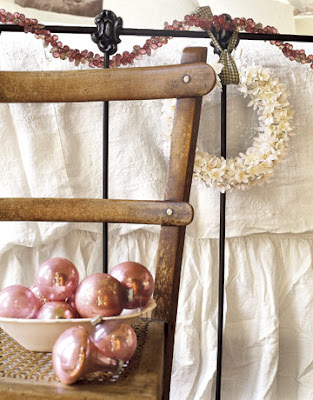Location: Clay and Limestone, Tennessee
RE: Cease and Desist
Dearest Gail,

I showed "my deer family" the photo and documents that you posted. As you can see from the photo, they were ecstatic to learn that their relatives have made the trip safely to Tennessee.
According to Ms. Jane Doe of North Carolina, her brother, John, went over the hills to Tennessee when they heard of a new "land rush" where squatters have rights. That's Jane's sister-in-law, Bambi II, in your photo.
John hired a "big bucks" attorney, Mr. Antlers, a renowned "gouger" to assist with the "filing" of the proper paper. Being environmentally conscious, the paper was milled from local tree bark, therefore saving the cost of buying paper from a foreign source. Our hidden camera snapped this shot of Mr. Antlers and his secretary lurking in the way, back backyard at Arbor Lea.

Jane is concerned that the formal documents may have rubbed you the wrong way and wants you to know that the Doe family is usually quite polite and casual.
Jane exclaimed that if Tennessee is that beautiful and so full of uneaten perennials, perhaps she and the rest of the extended family should start their journey before the snow gets too deep in the mountains.
When Jane learned that you are also an avid gardener who "fawns" over your perennials, she was greatly encouraged.
I shall send you advance warning if the members of the Doe family inform me that they are going elsewhere for the holidays this year. From the latest sighting, it looks like they may be heading in your direction.
Sincerely,
Cameron
Location: North Carolina



























































